- Explore the Fascinating World of the Imperial Grouse
- Appearance
- Habitat
- Behavior
- Conservation
- Learn About the Unique Characteristics of the Imperial Grouse
- 1. Appearance
- 2. Plumage
- 3. Crest
- 4. Vocalizations
- 5. Behavior
- 6. Habitat
- 7. Threats
- Discover the Natural Habitat of the Imperial Grouse
- Alpine Tundra
- Boreal Forests
- Montane Meadows
- Conservation Efforts
- Witness the Spectacular Courtship Rituals of the Imperial Grouse
- Elaborate Movements and Displays
- Choosing a Mate
- Preservation and Conservation
- Understand the Importance of Conservation Efforts for the Imperial Grouse
- Experience the Magnificent Plumage of the Imperial Grouse
- Uncover the Surprising Adaptations of the Imperial Grouse
- 1. Camouflage
- 2. Feather Structure
- 3. Large Claws
- 4. Display Rituals
- 5. Digestive System
- Delve into the Dietary Preferences of the Imperial Grouse
- 1. Berries and Fruits
- 2. Seeds and Nuts
- 3. Insects and Invertebrates
- 4. Plant Leaves and Shoots
- 5. Grasses and Mosses
- Appreciate the Cultural Significance of the Imperial Grouse
- Questions and Answers:
- What is the Imperial Grouse?
- Where can I see the Imperial Grouse?
- How big is the Imperial Grouse?
- What does the Imperial Grouse look like?
- What is the mating ritual of the Imperial Grouse?
- How long do Imperial Grouse live?
- What threats does the Imperial Grouse face?
- Videos: Discover the Majestic Ruffed Grouse: Facts, Habitat, and Behavior #Ruffed_Grouse_Drumming
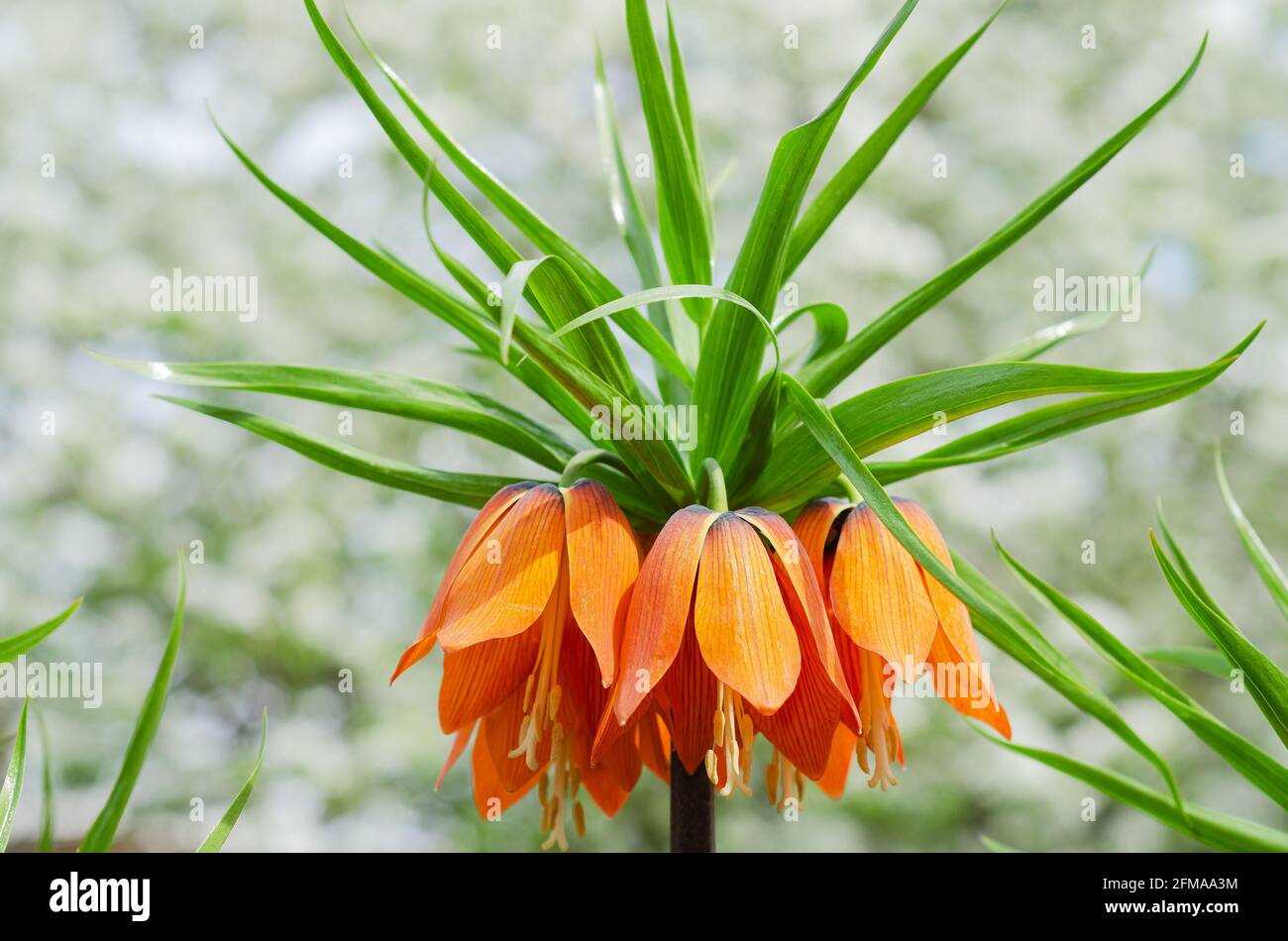
The imperial grouse, also known as the Eurasian grouse, is a magnificent bird that can be found in various parts of Europe and Asia. With its stunning plumage and impressive size, it is a true symbol of the natural beauty and diversity of these regions.
One of the most notable features of the imperial grouse is its distinctive plumage. The male grouse has a vibrant combination of colors, with feathers ranging from shades of red and orange to black and white. This colorful display serves as a way for the males to attract mates during the breeding season, and it is truly a sight to behold.
Not only is the imperial grouse visually striking, but it is also known for its elaborate courtship rituals. The males perform an intricate dance, puffing up their chests and spreading their wings to impress the females. This dance is accompanied by a unique vocalization, which further adds to the grandeur of the spectacle.
Unfortunately, the imperial grouse is facing numerous threats to its survival. Habitat loss and degradation, as well as hunting, have led to a decline in its population. Conservation efforts are crucial in order to protect and preserve this iconic bird for future generations to enjoy.
In conclusion, the imperial grouse is a remarkable bird that showcases the beauty and splendor of nature. With its striking plumage and elaborate courtship rituals, it is a true symbol of the natural world. However, it is also facing numerous challenges and urgently requires conservation efforts. By raising awareness and taking action, we can ensure that future generations can continue to admire the majestic beauty of the imperial grouse.
Explore the Fascinating World of the Imperial Grouse
The Imperial Grouse is a majestic bird that has captivated the hearts of bird enthusiasts for centuries. With its striking appearance and unique behaviors, this iconic bird offers a fascinating glimpse into the natural world. Let’s take a closer look at some of the key features and characteristics of this magnificent creature.
Appearance
The Imperial Grouse is known for its impressive size and striking plumage. The male bird, also known as a rooster, boasts vibrant colors including shades of deep red, brown, and black. Its feathery tail is long and elegant, creating a regal appearance. The female, or hen, has a more subdued plumage with mottled brown tones that help her blend into her surroundings.
Habitat
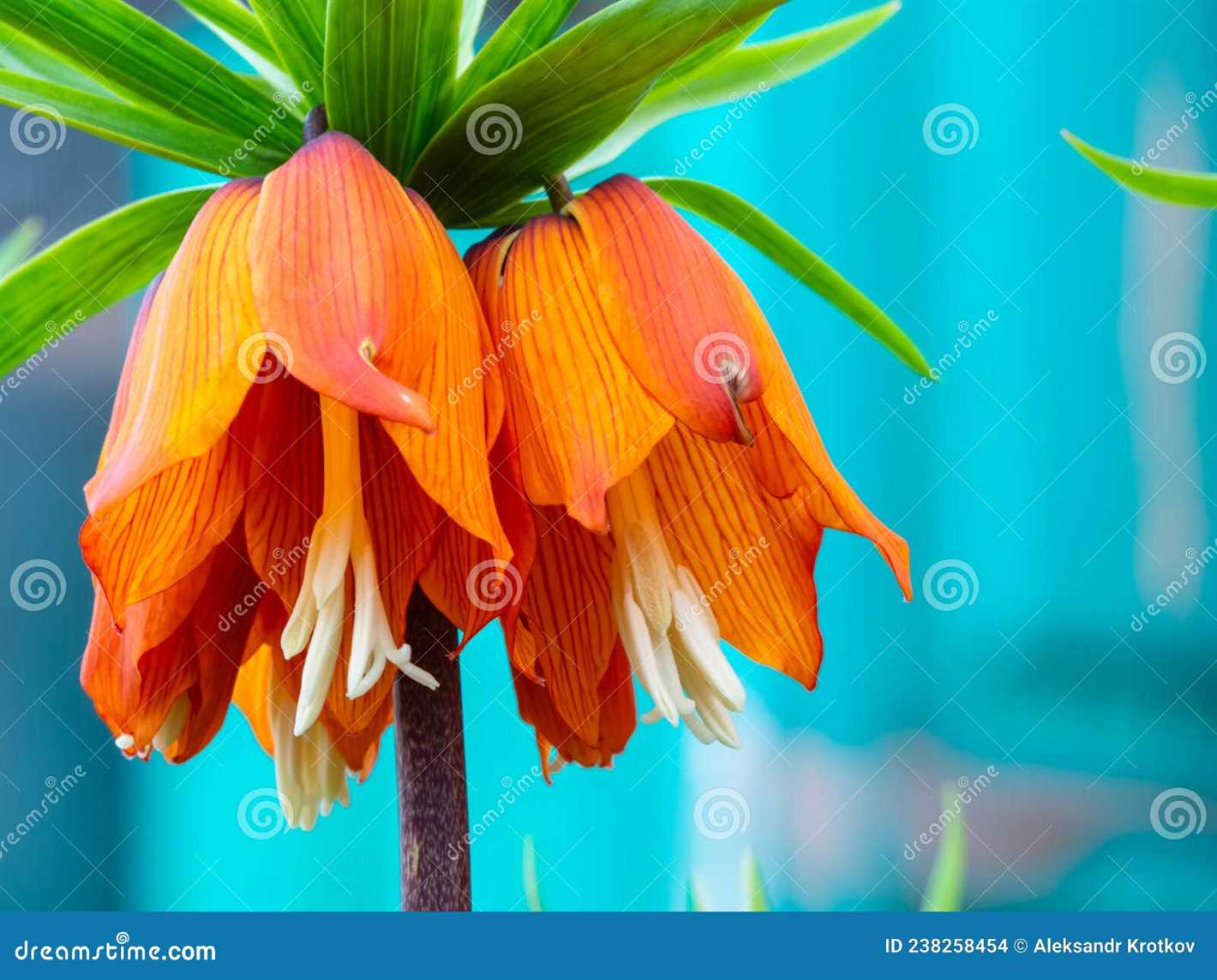

Imperial Grouse can be found in the vast wilderness of the Eurasian taiga, a biome characterized by coniferous forests and tundra. These birds prefer to nest and roost in dense forests, where they can find protection from predators and harsh weather conditions. The taiga offers an ideal habitat for these birds, with its mix of forested areas and open spaces.
Behavior
One of the most fascinating aspects of the Imperial Grouse’s behavior is its elaborate courtship display. During the breeding season, the male bird will puff up its plumage, spread its tail feathers, and fan them out, creating an impressive visual spectacle. It will also emit deep, booming calls to attract the attention of nearby females. This courtship ritual not only serves to attract a mate but also establishes dominance among male individuals.
Imperial Grouse are primarily herbivorous, feeding on a variety of plant matter, including berries, leaves, and shoots. They also consume insects and small invertebrates, particularly during the nesting season when protein-rich food sources are crucial for the development of their offspring.
Conservation
Unfortunately, the Imperial Grouse population has been declining in recent years due to habitat loss and hunting. These birds require large areas of undisturbed forest to thrive, and as human development expands, their habitat is shrinking. Conservation efforts are underway to protect the remaining Imperial Grouse populations and their habitats.
| Scientific Name | Tetrao urogallus |
|---|---|
| Size | Up to 90 cm (35 inches) in length and 6 kg (13 lbs) in weight |
| Range | Eurasian taiga, including parts of Europe and Asia |
| Population | Decreasing |
| Conservation Status | Vulnerable |
Despite the challenges they face, the Imperial Grouse continues to inspire awe and captivate the imagination of bird enthusiasts worldwide. Through ongoing conservation efforts and public awareness, we can work together to protect these magnificent creatures and ensure their survival for generations to come.
Learn About the Unique Characteristics of the Imperial Grouse
1. Appearance
The Imperial Grouse is a magnificent bird known for its distinctive appearance. With its large size and regal plumage, it stands out among other species of grouse.
2. Plumage
The plumage of the Imperial Grouse is characterized by a combination of vibrant colors and intricate patterns. The male Imperial Grouse has a mostly dark brown body with bold white markings on the wings. Its chest displays a striking red color, which becomes even more vibrant during the breeding season.
The female Imperial Grouse, on the other hand, has a mottled brown and white plumage, which provides excellent camouflage in its natural habitat.
3. Crest
One of the key features of the Imperial Grouse is its prominent crest. Both males and females have a crest on their heads, but the male’s crest is larger and more elaborate. During courtship displays, the male raises its crest and fans its tail feathers to attract a mate.
4. Vocalizations
The Imperial Grouse has a unique vocalization repertoire. The males produce a deep, booming sound that can be heard from a considerable distance. These vocalizations serve as territorial calls and help establish their dominance during the mating season.
5. Behavior
The behavior of the Imperial Grouse is fascinating to observe. During the breeding season, males engage in elaborate courtship displays, including dancing, puffing out their chests, and making vocalizations. They also perform impressive displays of aerial acrobatics to impress the females.
The Imperial Grouse is primarily a ground-dwelling bird but can fly short distances when necessary. It spends its time foraging for food, which mainly consists of leaves, buds, berries, and insects.
6. Habitat
The Imperial Grouse inhabits a range of habitats, including forests, woodlands, and open meadows. It prefers areas with dense vegetation for cover and a good food supply. These birds are often found in mountainous regions, particularly in the northern parts of their range.
7. Threats
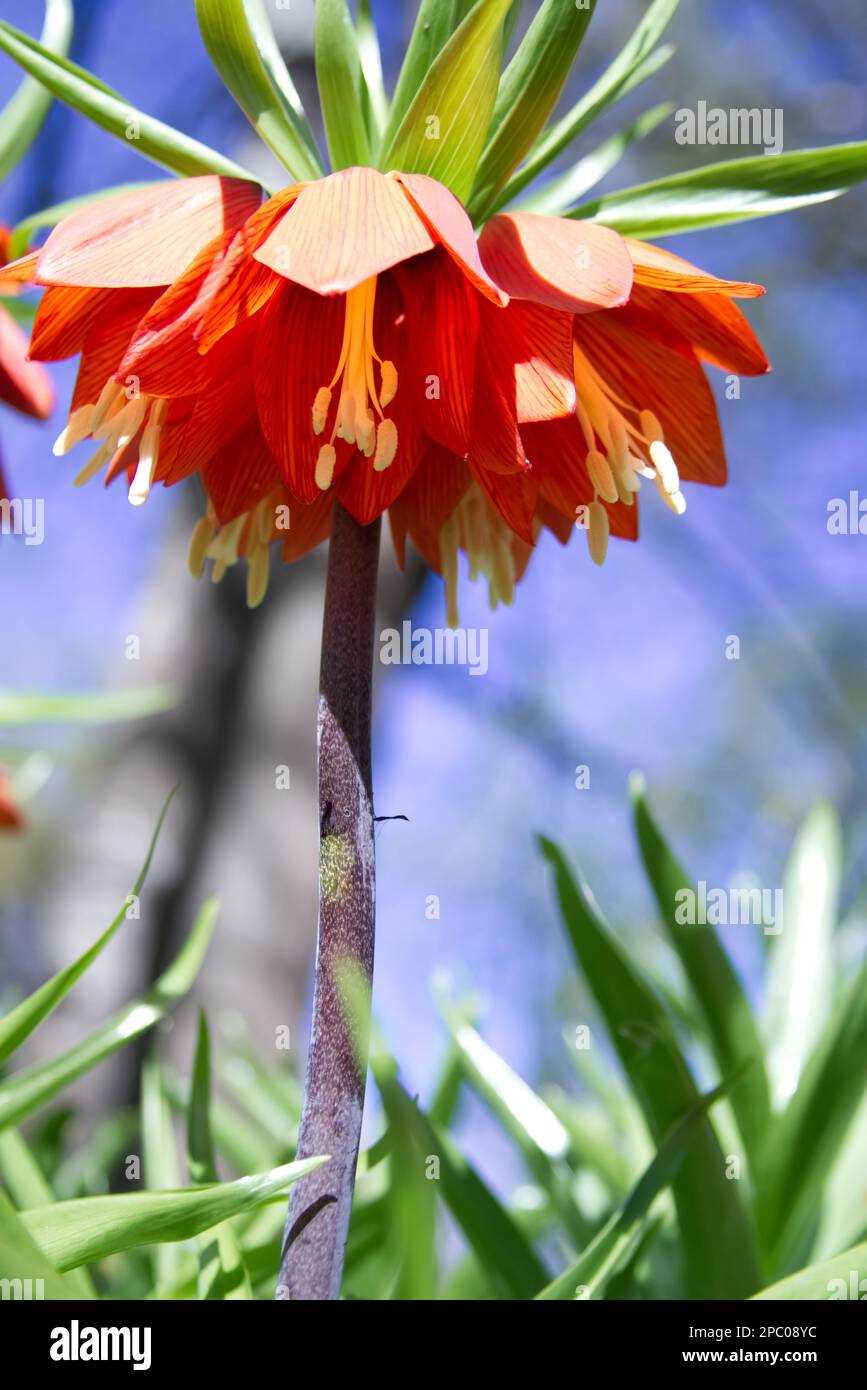

Like many other bird species, the Imperial Grouse faces threats to its population. Habitat loss due to deforestation and human development is a significant concern. Climate change also poses a threat as it can disrupt their natural breeding patterns and food availability.
Conservation efforts are essential to protect the Imperial Grouse and ensure its survival for future generations to admire its unique characteristics.
Discover the Natural Habitat of the Imperial Grouse
The Imperial Grouse, also known as the Great Grouse, is a bird native to the mountainous regions of Europe and Asia. This majestic bird can be found in a variety of habitats, each offering its own unique features and challenges for the survival of the species.
Alpine Tundra
One of the preferred habitats of the Imperial Grouse is the alpine tundra. These high-altitude regions, characterized by rocky terrain, low temperatures, and strong winds, provide the perfect environment for the grouse. The bird has adapted to the harsh conditions by growing thick feathers and developing strong muscles to navigate the challenging terrain.
Boreal Forests
The boreal forests of Europe and Asia are another habitat where the Imperial Grouse thrives. These dense coniferous forests offer both shelter and food sources for the bird. The grouse often nests on the forest floor, utilizing fallen trees and shrubs for protection from predators. It also feeds on a variety of berries, seeds, and insects found within the forest.
Montane Meadows
Montane meadows, located in the lower elevations of the mountainous regions, provide a different type of habitat for the Imperial Grouse. These open grasslands and wetlands offer an abundance of food, including grasses, herbs, and insects. The grouse often utilizes these meadows for breeding, as they provide ample space for courtship displays and nesting.
Conservation Efforts
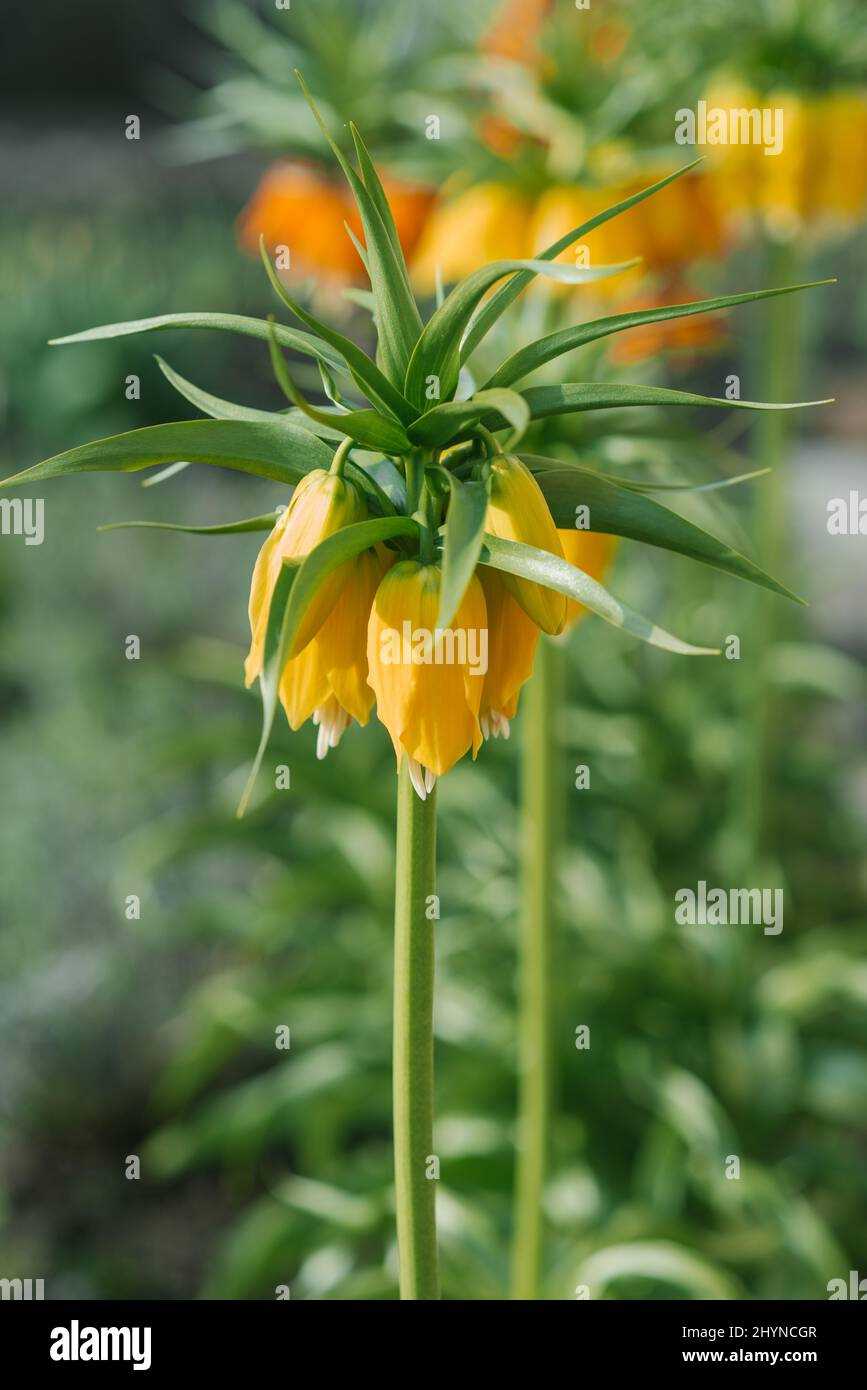

Due to habitat loss and hunting, the Imperial Grouse population has faced significant declines in certain areas. To address this issue, various conservation efforts have been implemented. These include the establishment of protected areas, habitat restoration projects, and the regulation of hunting practices. These measures aim to ensure the survival and preservation of this iconic bird species for future generations to enjoy.
Witness the Spectacular Courtship Rituals of the Imperial Grouse
The courtship rituals of the imperial grouse are truly a sight to behold. These majestic birds, with their vibrant plumage and elaborate displays, perform an intricate dance to attract a mate. The courtship season, which typically occurs in the spring, is a time of intense competition among male grouse, as they vie for the attention of the females.
During the courtship display, the male grouse will find a suitable spot, known as a lek, where they will perform their ritual dance. The lek is usually a flat area on the ground, surrounded by vegetation, providing the grouse with a stage to showcase their impressive moves.
Elaborate Movements and Displays
- The male grouse begins by puffing out his chest and fanning his tail feathers, creating a striking visual display.
- He then stomps his feet rapidly, producing a drumming sound that can be heard from a distance.
- With its neck extended and feathers erect, the grouse performs a series of bowing movements, as if bowing to its potential mate.
- As the dance continues, the grouse makes a series of low-pitched hooting sounds, adding to the mesmerizing atmosphere of the courtship display.
This intricate dance is not only a visual spectacle but also a means of communication. The male grouse uses his movements and vocalizations to attract the attention of nearby females. The more elaborate and energetic the display, the more likely he is to capture a female’s interest.
Choosing a Mate
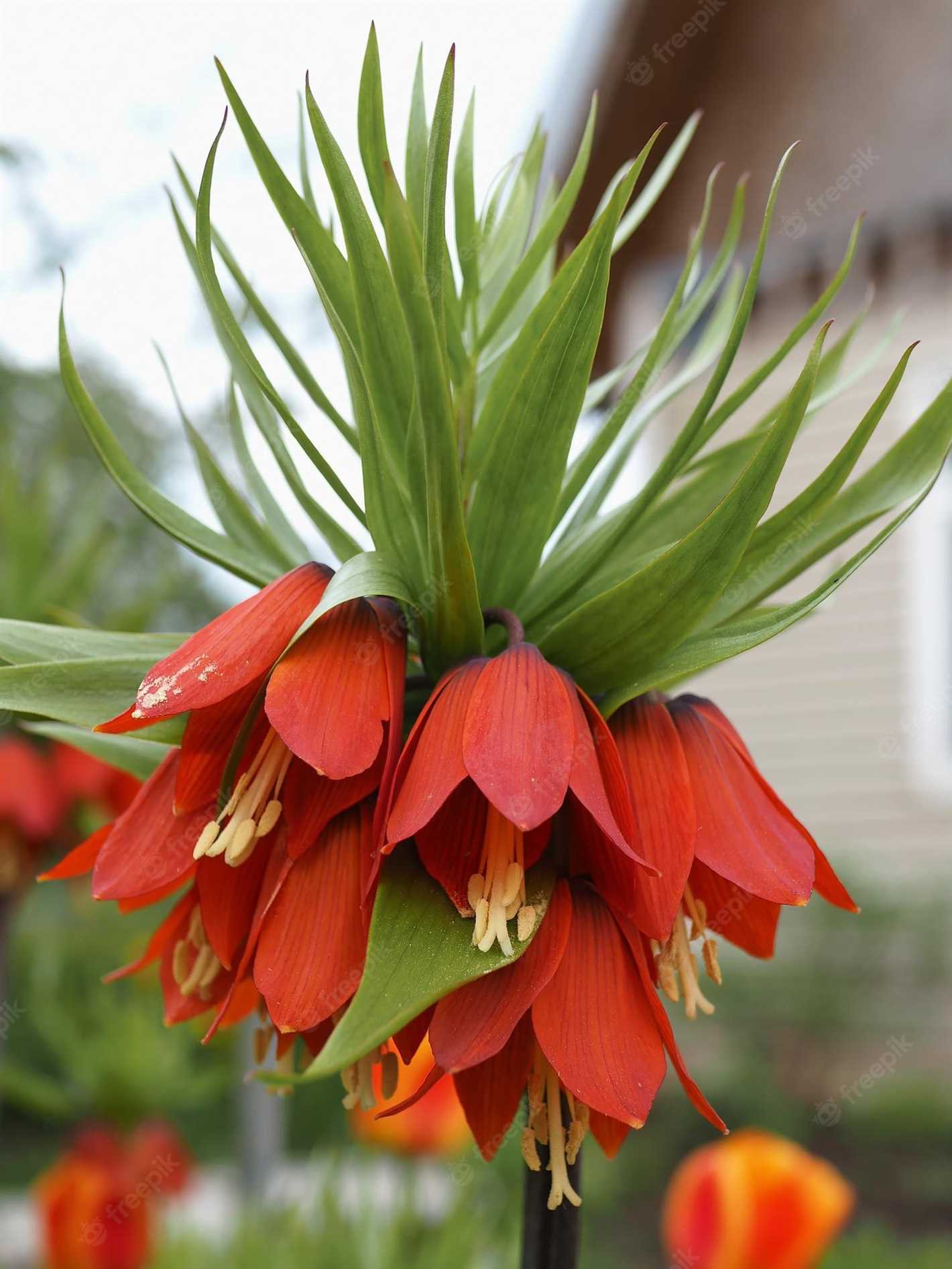

Female grouse observe the courtship displays of multiple males before selecting a mate. They are attracted to males with the most impressive displays, as these are seen as indicators of genetic fitness and strength.
Once a female has chosen a mate, the pair will engage in a brief courtship period before mating occurs. The male will continue to perform his courtship display throughout the mating season, attempting to secure additional mates.
Preservation and Conservation
The courtship rituals of the imperial grouse are not only a magnificent display of nature’s beauty but also serve as an important aspect of their reproductive cycle. However, habitat loss and human disturbance have threatened the population of these iconic birds.
- Efforts are being made to protect the lekking sites of the imperial grouse, ensuring that they have a suitable habitat to perform their courtship displays.
- Conservation organizations are working to raise awareness about the importance of conserving the imperial grouse and its habitat.
- By educating the public and implementing conservation measures, we can help ensure the continued survival of this majestic bird for future generations to witness and admire.
Understand the Importance of Conservation Efforts for the Imperial Grouse
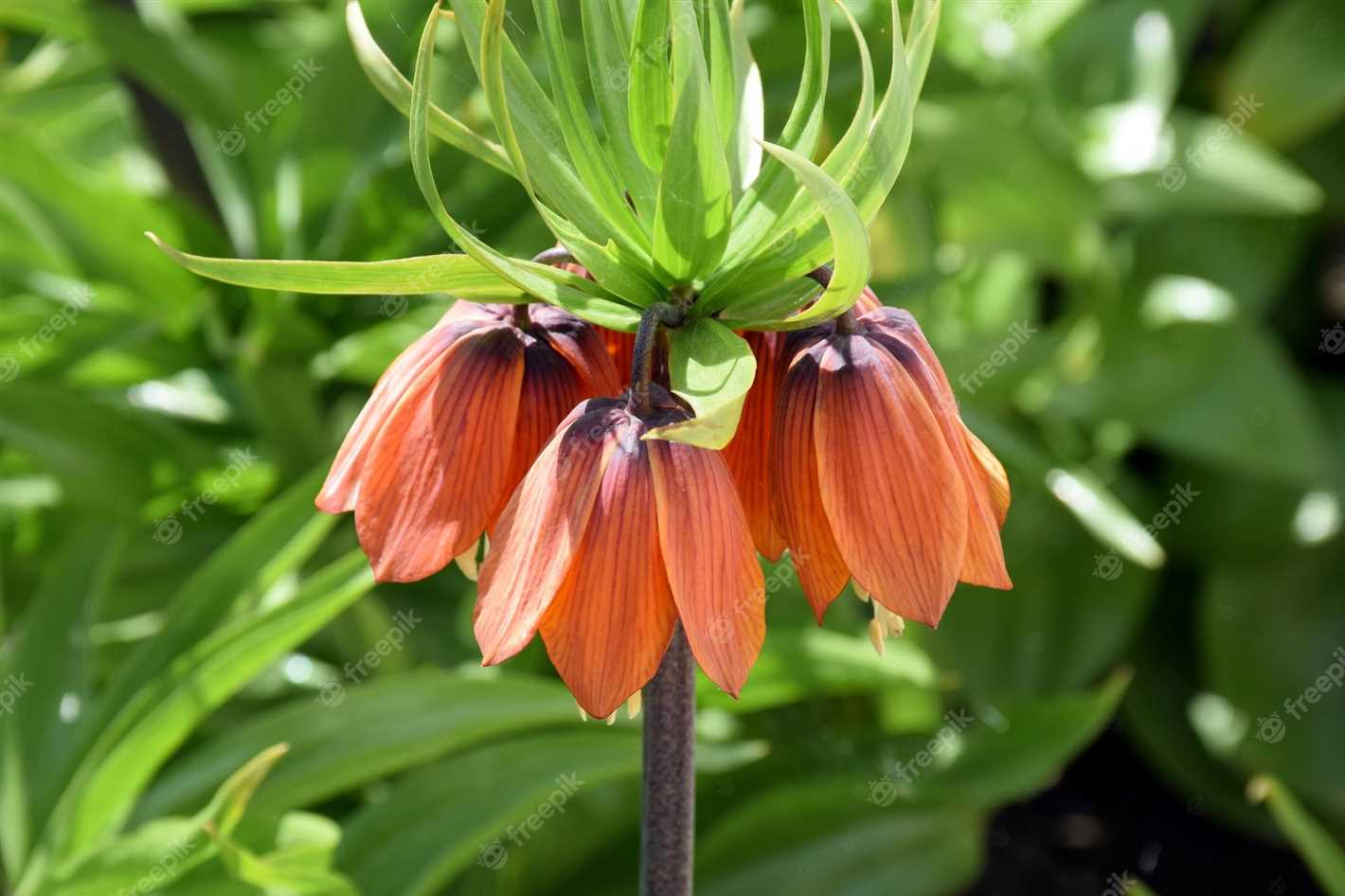

The Imperial Grouse is a majestic bird that is an important symbol of the wilderness. As a keystone species, it plays a crucial role in maintaining the health and balance of its ecosystem. However, due to various factors such as habitat loss, climate change, and hunting, the population of the Imperial Grouse has been declining rapidly.
Habitat Loss: One of the major threats to the Imperial Grouse is the loss of its natural habitat. Deforestation and urbanization have resulted in the destruction of the grouse’s nesting and feeding grounds. Conservation efforts aim to protect and restore these habitats, creating safe spaces for the grouse to thrive.
Climate Change: Climate change poses a significant risk to the Imperial Grouse population. Rising temperatures and changing weather patterns affect the availability of food and disrupt the grouse’s reproductive cycles. Conservation efforts focus on promoting sustainable practices and raising awareness about the impact of climate change on this iconic bird.
Hunting: Unregulated hunting has greatly contributed to the decline of the Imperial Grouse population. Conservation efforts aim to enforce stricter regulations and promote responsible hunting practices. Educational initiatives educate local communities and hunters about the importance of preserving the grouse and its habitat.
Collaborative Conservation: It is essential to involve various stakeholders in conservation efforts. Governments, environmental organizations, local communities, and researchers all play a significant role in protecting the Imperial Grouse. Collaborative efforts involve conducting research, implementing conservation plans, and monitoring the population to ensure long-term sustainability.
Economic Benefits: Conservation efforts not only protect the Imperial Grouse but also provide economic benefits. The grouse attracts tourists and birdwatchers, contributing to local economies through ecotourism. Protecting the grouse and its habitat can lead to sustainable livelihoods for the communities living in these areas.
In conclusion, the Imperial Grouse faces multiple challenges, but with dedicated conservation efforts, its population can be stabilized and eventually increased. Protecting the grouse and its habitat is not only crucial for the survival of this iconic bird but also for maintaining the overall health and balance of the ecosystem in which it resides.
Experience the Magnificent Plumage of the Imperial Grouse
The Imperial Grouse is renowned for its stunning plumage, which captivates birdwatchers and nature enthusiasts alike. With its regal appearance and vibrant colors, this iconic bird never fails to leave a lasting impression on those lucky enough to witness its beauty.
Featuring a striking combination of deep crimson, iridescent green, and rich golden hues, the plumage of the Imperial Grouse is a true work of art. The feathers on its neck and head form an intricate pattern, resembling an elaborate crown fit for royalty. As the sunlight catches these feathers, they shimmer and glimmer, creating a mesmerizing effect.
One of the most fascinating aspects of the Imperial Grouse’s plumage is its ability to change color depending on the bird’s mood and environment. When the grouse is feeling threatened or defensive, the colors intensify, displaying vivid and contrasting shades. On the other hand, when the grouse is calm and at ease, its plumage exudes a sublime elegance, with softer and more muted tones.
Not only is the Imperial Grouse’s plumage visually stunning, but it also serves several practical purposes. The intricate patterns and vibrant colors help the male grouse attract mates during the breeding season. The brighter and more attractive the plumage, the higher the male’s chances of finding a suitable partner.
Additionally, the dense feathers of the Imperial Grouse provide insulation and protection from harsh weather conditions. They act as a shield, keeping the bird warm and dry even in the coldest and wettest climates. These remarkable feathers are lightweight and yet incredibly resilient, allowing the grouse to fly effortlessly through forests and over mountains.
To truly understand the magnificence of the Imperial Grouse’s plumage, one must see it in person. Observing this iconic bird’s vibrant colors, intricate patterns, and the way they change with its mood is a sensory experience like no other. Whether you’re an avid birdwatcher or simply appreciate the beauty of nature, the Imperial Grouse’s plumage is bound to leave you in awe.
Uncover the Surprising Adaptations of the Imperial Grouse
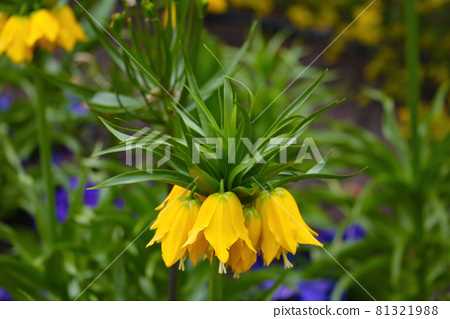

The Imperial Grouse, also known as the Siberian Grouse or Siberian Capercaillie, is a majestic bird with some fascinating adaptations that enable it to thrive in harsh and challenging environments. Let’s explore some of these surprising adaptations.
1. Camouflage
One of the most impressive adaptations of the Imperial Grouse is its ability to blend seamlessly into its surroundings. With its mottled brown and black feathers, the grouse can effectively camouflage itself against the forest floor, making it difficult for predators to spot.
2. Feather Structure
The Imperial Grouse has unique feather structures that help it stay warm in cold climates. Its feathers are densely packed and have a fluffy texture, which provides excellent insulation against the freezing temperatures. These feathers also help the grouse repel water, keeping it dry and warm even in wet conditions.
3. Large Claws
Another interesting adaptation of the Imperial Grouse is its large, curved claws. These claws are perfect for digging through the snow and ice to find food during the winter months when food can be scarce. The grouse can use its claws to uncover buried vegetation and dig for insects, ensuring its survival during the long, cold winters.
4. Display Rituals
Male Imperial Grouse have developed elaborate display rituals to attract females during mating season. These rituals involve puffing out the chest, fanning the tail feathers, and making unique sounds with their wings. These displays not only demonstrate their strength and vitality but also act as a way to establish dominance and win the attention of potential mates.
5. Digestive System
The Imperial Grouse has a highly efficient digestive system that allows it to extract nutrients from its food effectively. Their diet primarily consists of plant material, including buds, leaves, and berries. The grouse has a unique sac-like structure called a crop, which serves as a temporary storage for food, allowing it to digest gradually and maximize nutrient absorption.
These are just a few of the many fascinating adaptations that the Imperial Grouse has developed to survive in its challenging environment. These remarkable features make it a truly remarkable and iconic bird.
Delve into the Dietary Preferences of the Imperial Grouse
The Imperial Grouse, also known as the Royal Bird, has unique dietary preferences that contribute to its majestic beauty and distinct characteristics. Let’s explore the key elements of the Imperial Grouse’s diet.
1. Berries and Fruits
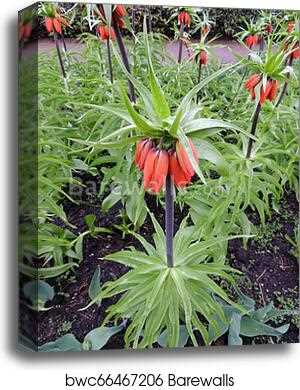

The Imperial Grouse has a fondness for berries and fruits, especially during the summer months when they are abundant. They enjoy feasting on a variety of berries such as blueberries, bilberries, and cranberries. These fruits provide a rich source of antioxidants and essential nutrients, supporting the bird’s overall health.
2. Seeds and Nuts
Seeds and nuts form an important part of the Imperial Grouse’s diet. They have a preference for conifer seeds, including pine nuts and spruce seeds. These provide a high-energy food source, helping the grouse survive the long, harsh winters. Additionally, the bird’s strong beak allows it to crack open nuts such as hazelnuts and acorns, providing a tasty and nutritious treat.
3. Insects and Invertebrates
The Imperial Grouse also relies on insects and invertebrates to supplement its diet, especially during the breeding season. They feed on a wide range of insects, including beetles, ants, grasshoppers, and caterpillars. These protein-rich food sources help the Imperial Grouse build and maintain its strength, ensuring successful reproduction and survival of the species.
4. Plant Leaves and Shoots
During the spring and summer months, the Imperial Grouse feeds on tender plant leaves and shoots. They have a particular preference for young leaves of birch, willow, and aspen trees. These plant materials provide essential vitamins and minerals, as well as hydration, helping the bird thrive in its natural habitat.
5. Grasses and Mosses
Grasses and mosses also play a role in the Imperial Grouse’s diet. They consume various types of grasses, including sedges and heather, which provide additional nutrients and fiber. Mosses are also an important food source for the grouse, especially during nesting, as they are used to line the bird’s nest, providing insulation and protection for the eggs.
Overall, the Imperial Grouse has a varied and well-balanced diet, incorporating different food sources throughout the year. This diverse diet allows the bird to adapt to changing seasons and habitats, making it a resilient and enchanting species.
Appreciate the Cultural Significance of the Imperial Grouse
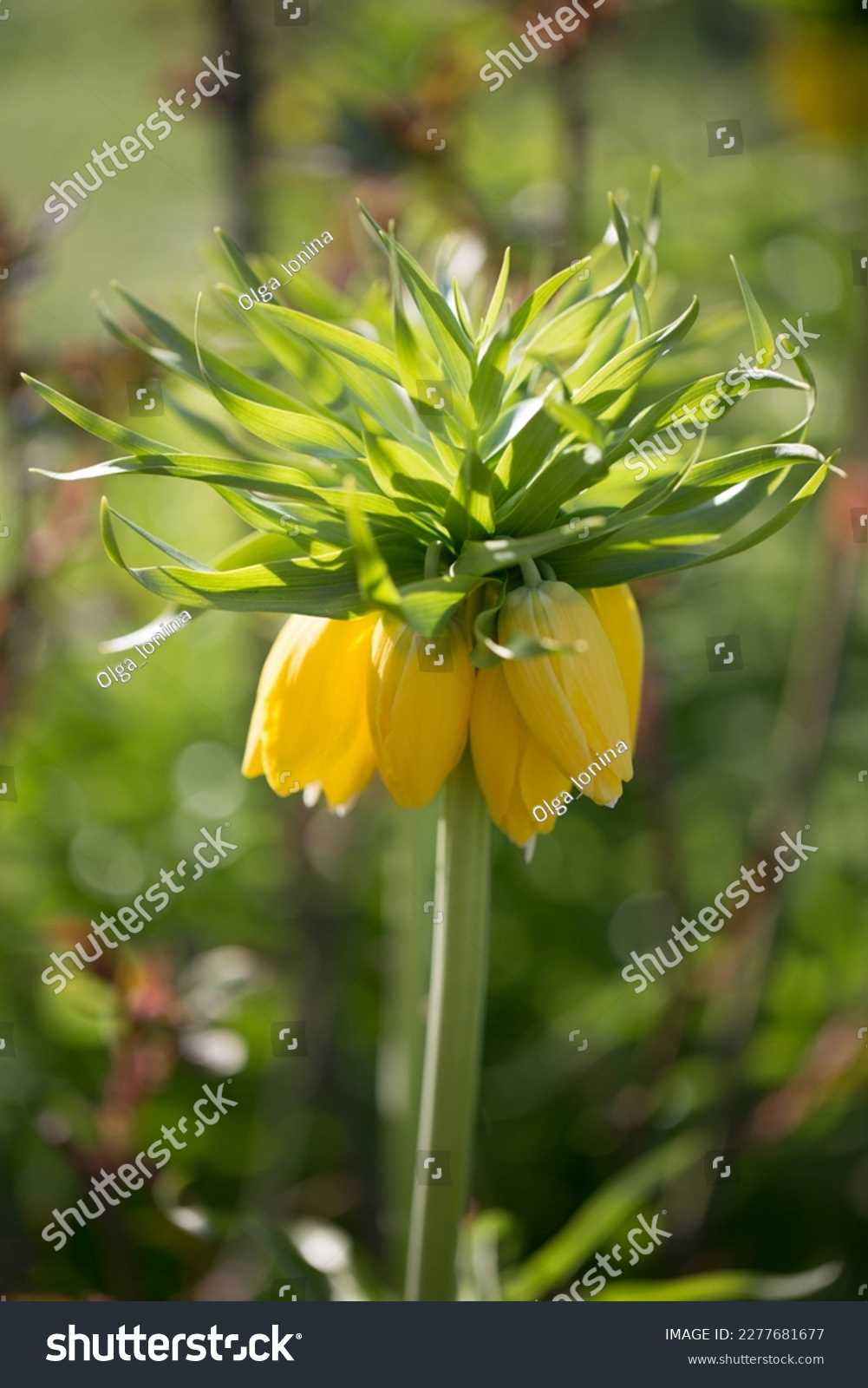

The Imperial Grouse holds a significant place in the cultural history of various civilizations. Revered for its stunning beauty and majestic presence, the grouse has inspired countless artists, poets, and writers throughout the ages.
Symbol of Power and Authority
The Imperial Grouse has long been associated with power and authority. In ancient civilizations, such as the Roman Empire, the grouse was seen as a symbol of strength and leadership. Emperors and warriors would often don garments adorned with images of grouse feathers to display their dominance and prowess.
Inspiration for Art and Literature
Artists and writers have found great inspiration in the Imperial Grouse. Its elegant plumage and regal demeanor have been depicted in countless paintings, sculptures, and literary works. The grouse’s image has been used to symbolize beauty, grace, and nobility, making it a popular subject in artistic expressions.
Spiritual Significance
For many indigenous cultures, the Imperial Grouse holds deep spiritual significance. Its distinctive appearance and rare presence in the wild have led to beliefs in its sacred nature. The grouse is often associated with wisdom, intuition, and the connection between the physical and spiritual worlds.
Rituals and Celebrations
Certain communities celebrate the Imperial Grouse through elaborate rituals and festivities. These events pay homage to the bird’s majesty and symbolize the unity and harmony it represents. Festivals often include traditional dances, music, and feasts, bringing people together to honor this iconic creature.
Conservation Efforts
Recognizing the cultural significance of the Imperial Grouse, conservation organizations have been working tirelessly to protect the bird and its habitat. These efforts include educational programs, habitat restoration, and research initiatives to ensure future generations can continue to appreciate the cultural value of this majestic bird.
Questions and Answers:
What is the Imperial Grouse?
The Imperial Grouse is a majestic bird and an iconic symbol in the world of birds.
Where can I see the Imperial Grouse?
The Imperial Grouse can be found in the forests of northern Europe, particularly in countries like Norway and Sweden.
How big is the Imperial Grouse?
The Imperial Grouse is a large bird, with males measuring up to 80 centimeters in length and weighing around 3 kilograms.
What does the Imperial Grouse look like?
The Imperial Grouse has a beautiful plumage, with males having a mix of brown and black feathers, whilst females have more mottled plumage.
What is the mating ritual of the Imperial Grouse?
The mating ritual of the Imperial Grouse is a spectacular sight, with males displaying their beautiful plumage and performing elaborate dances to attract females.
How long do Imperial Grouse live?
Imperial Grouse have a relatively short lifespan, with most individuals living for around 1-2 years.
What threats does the Imperial Grouse face?
The Imperial Grouse is facing several threats, including habitat loss, climate change, and hunting.







